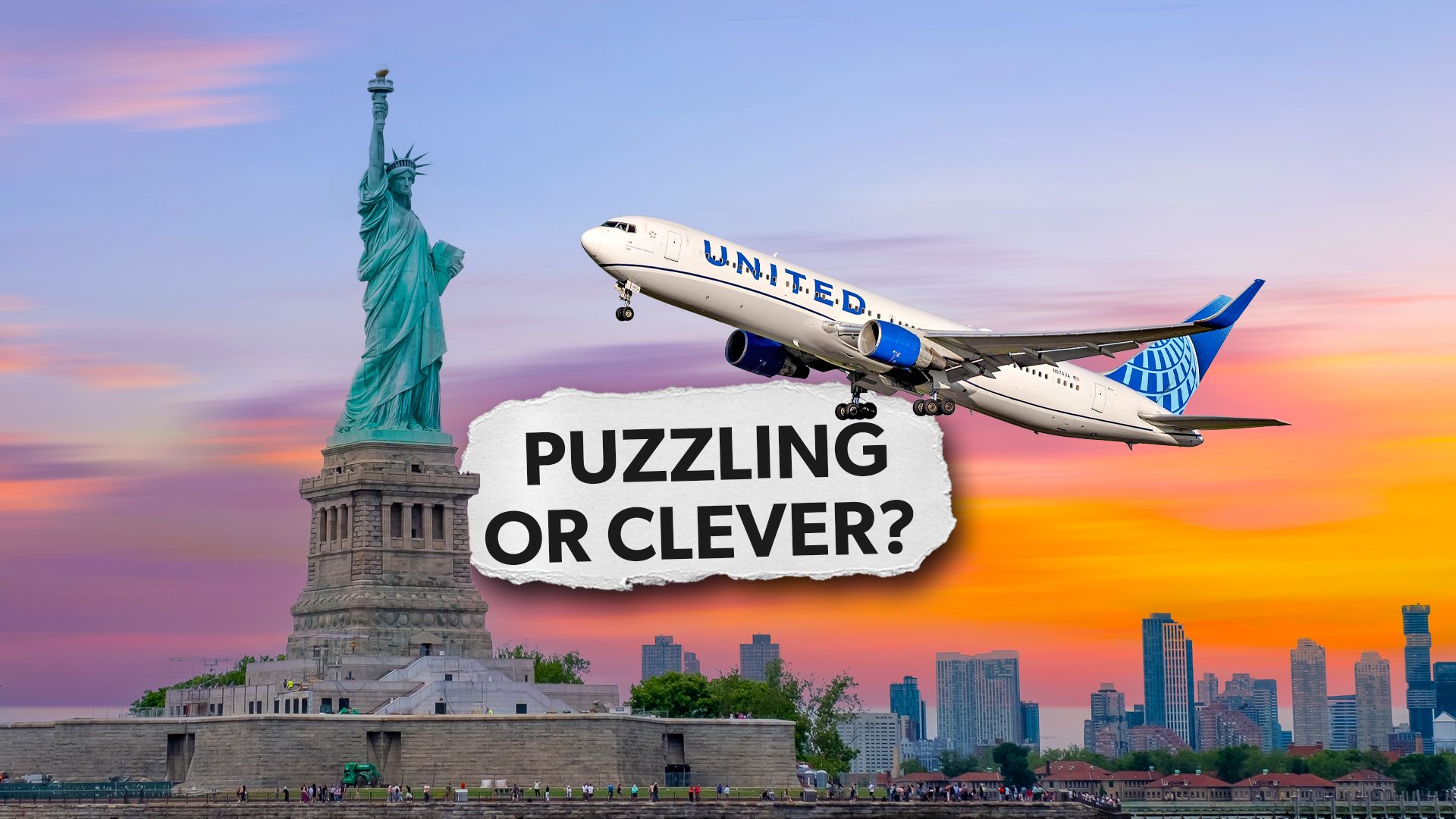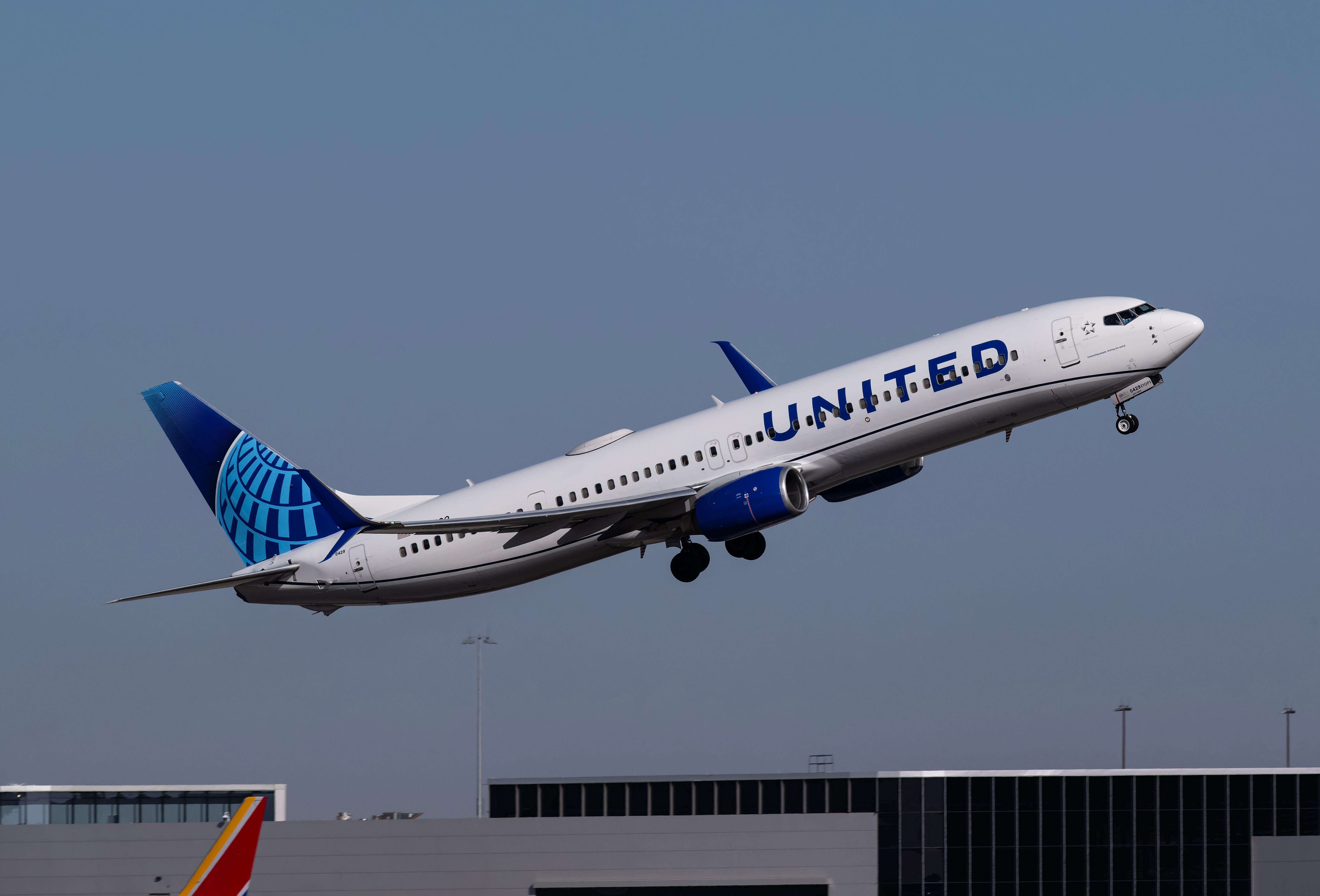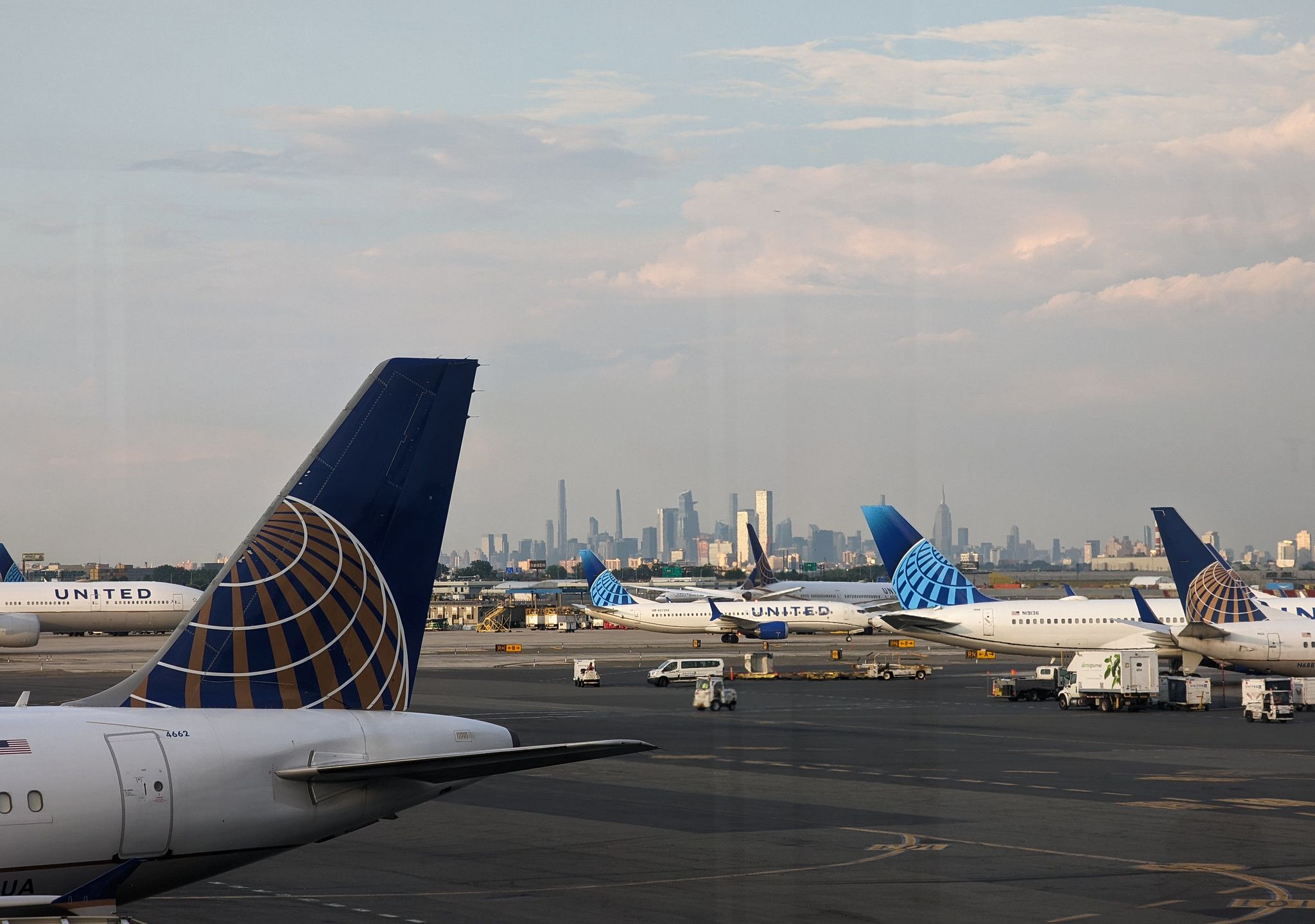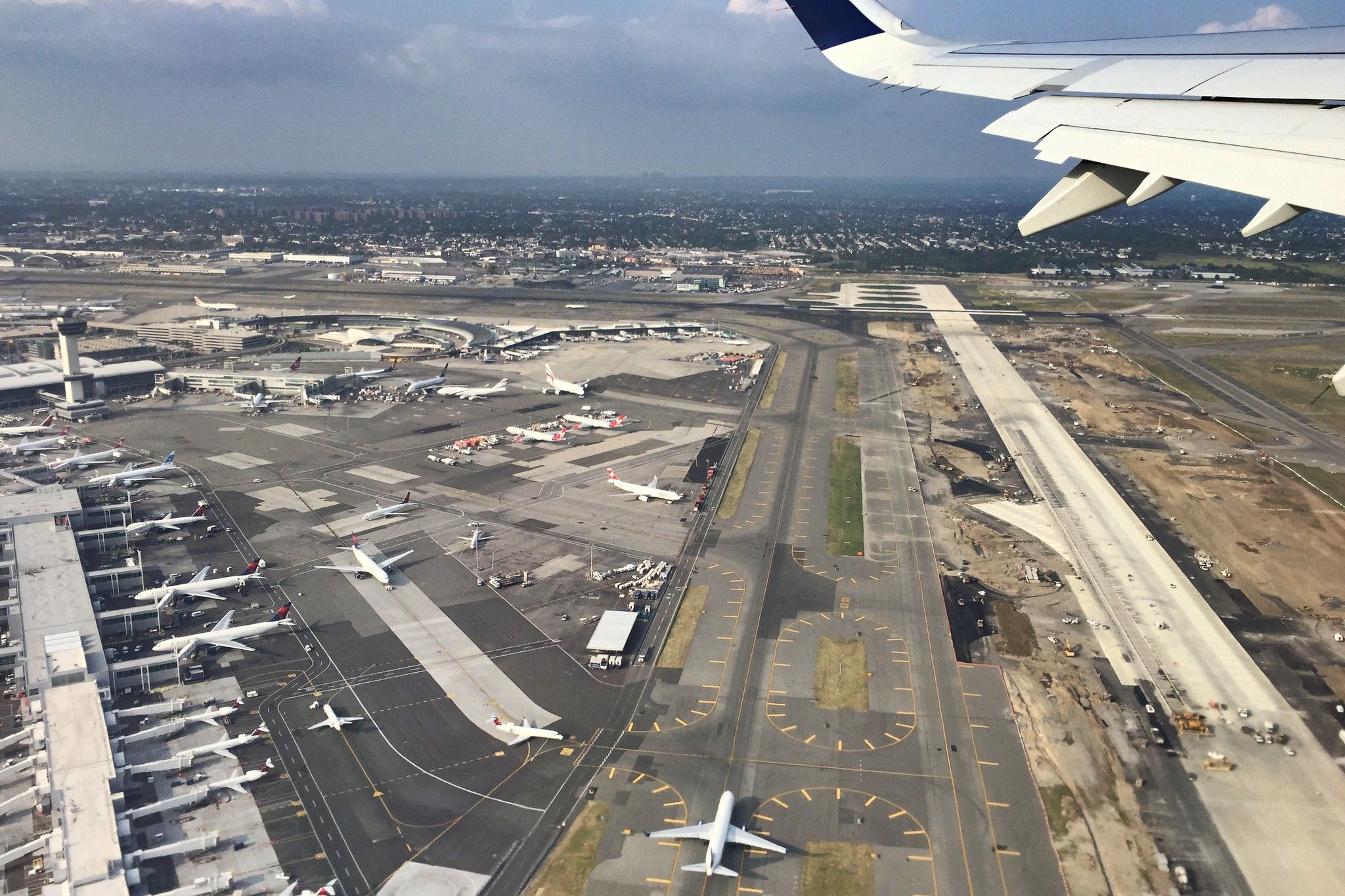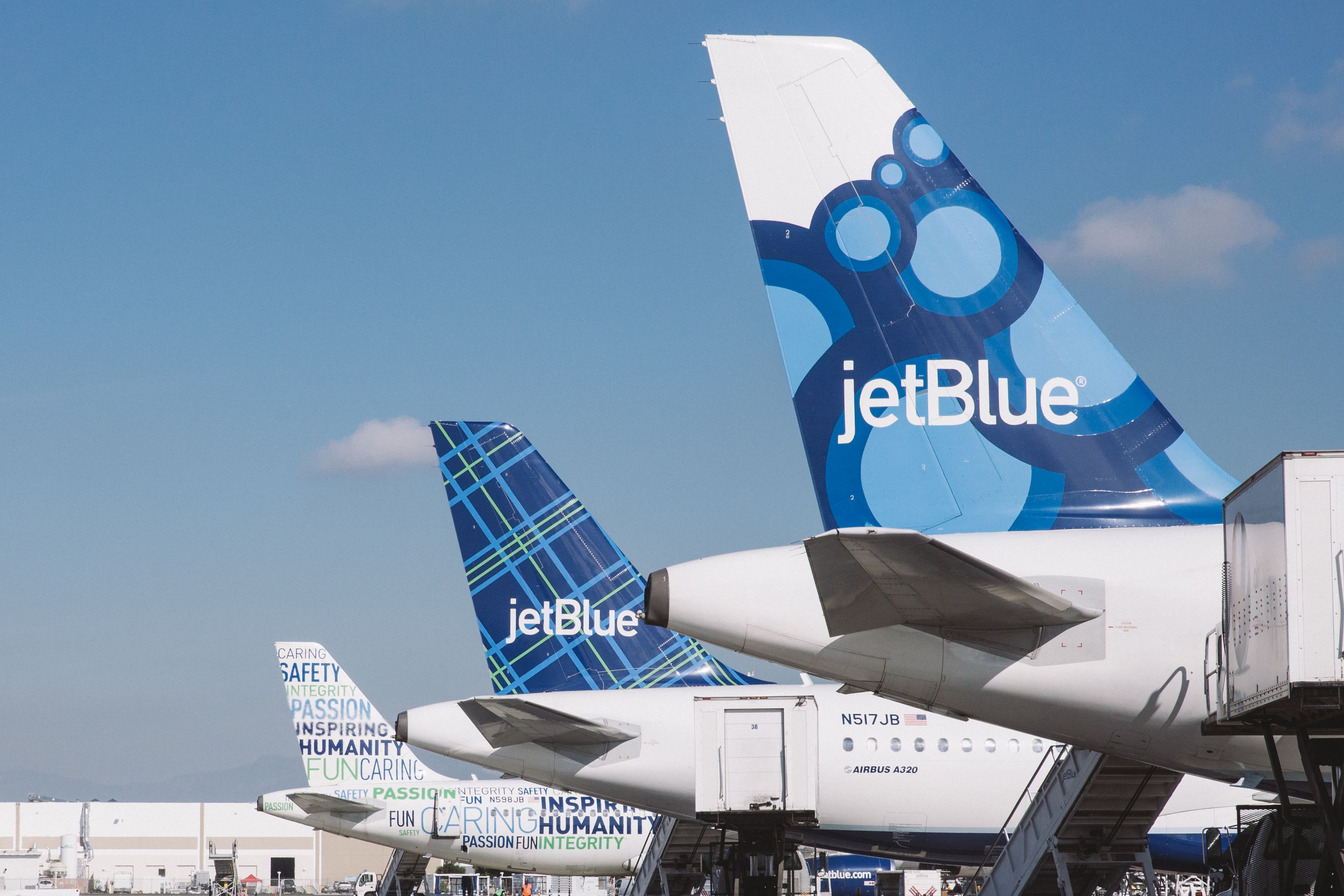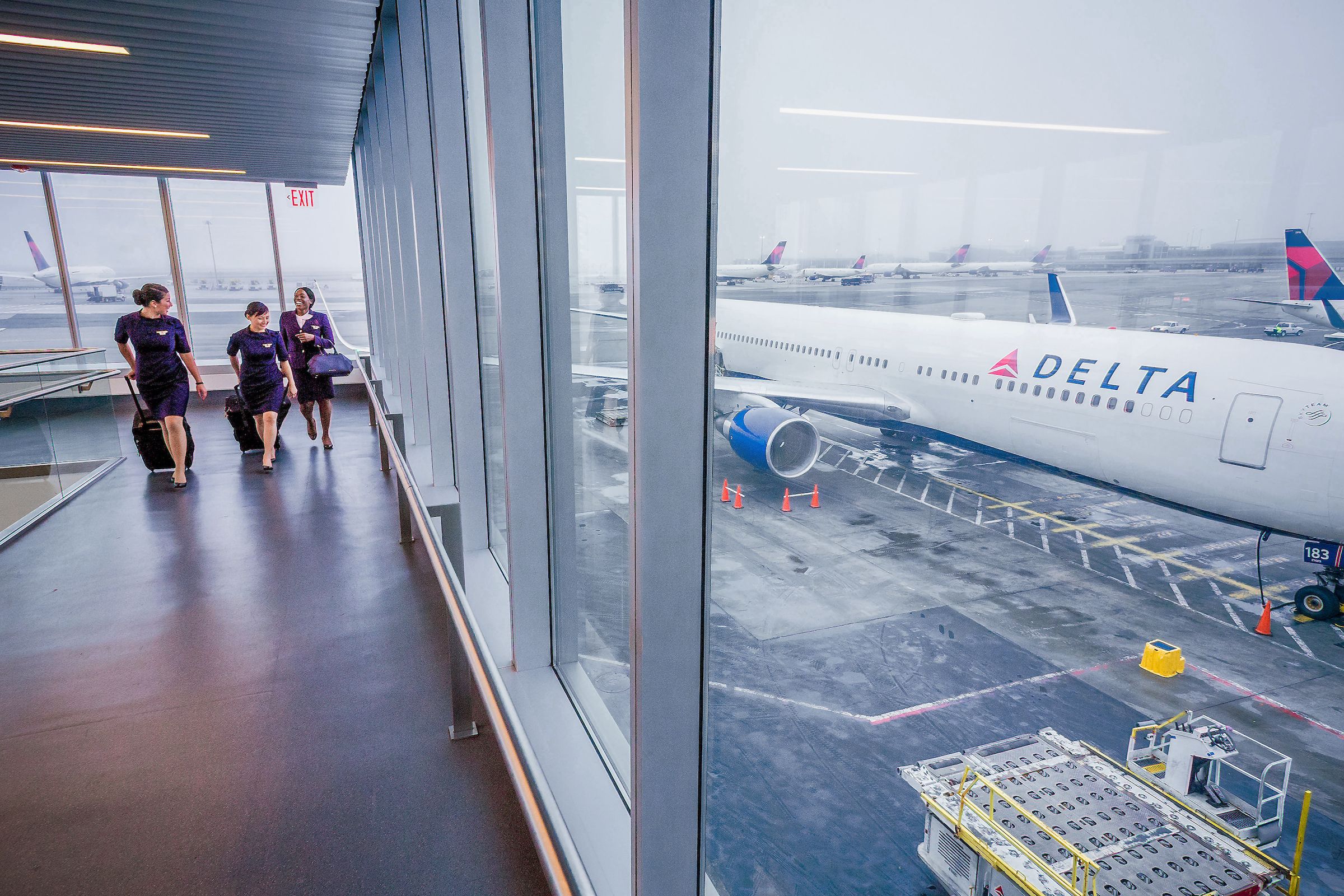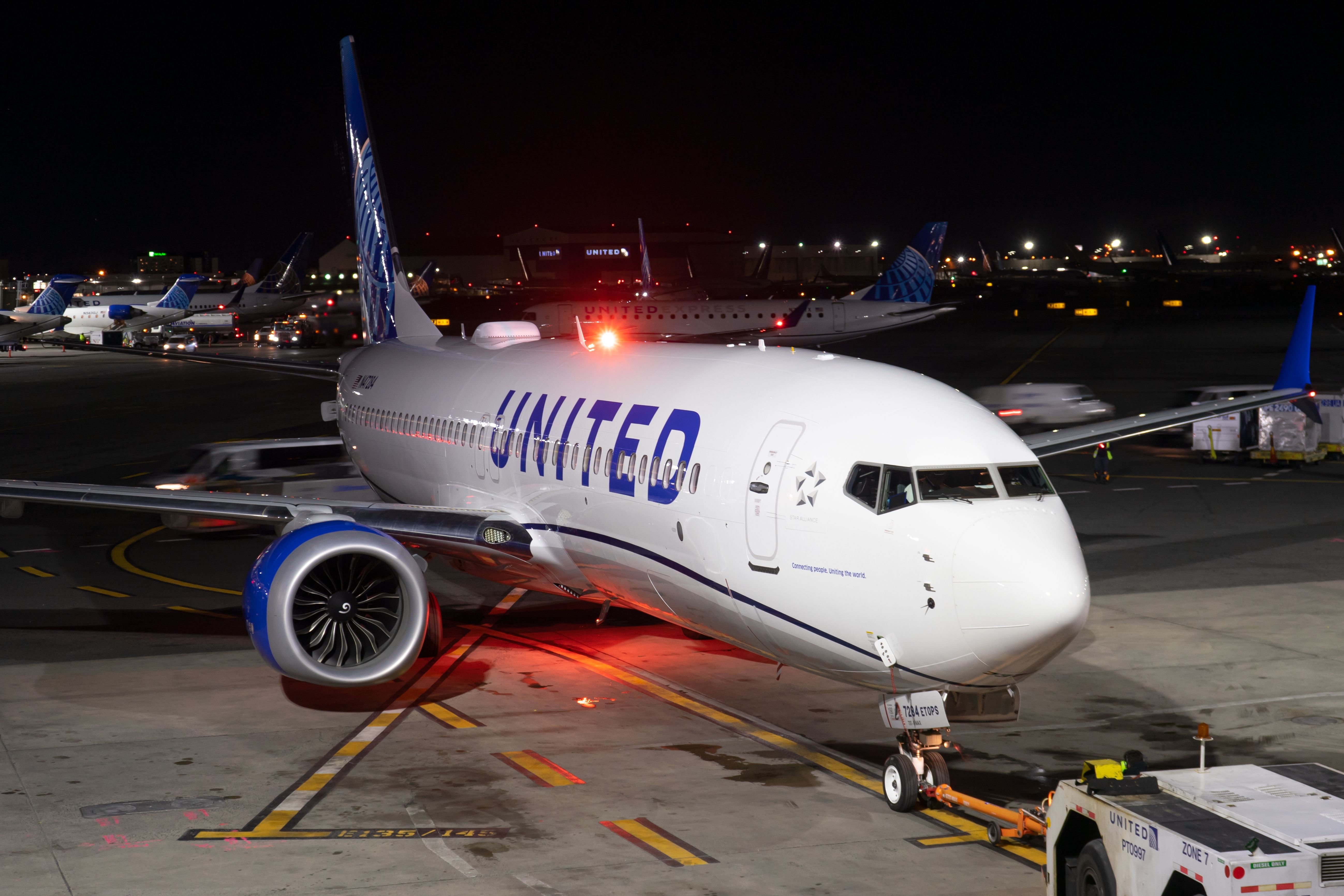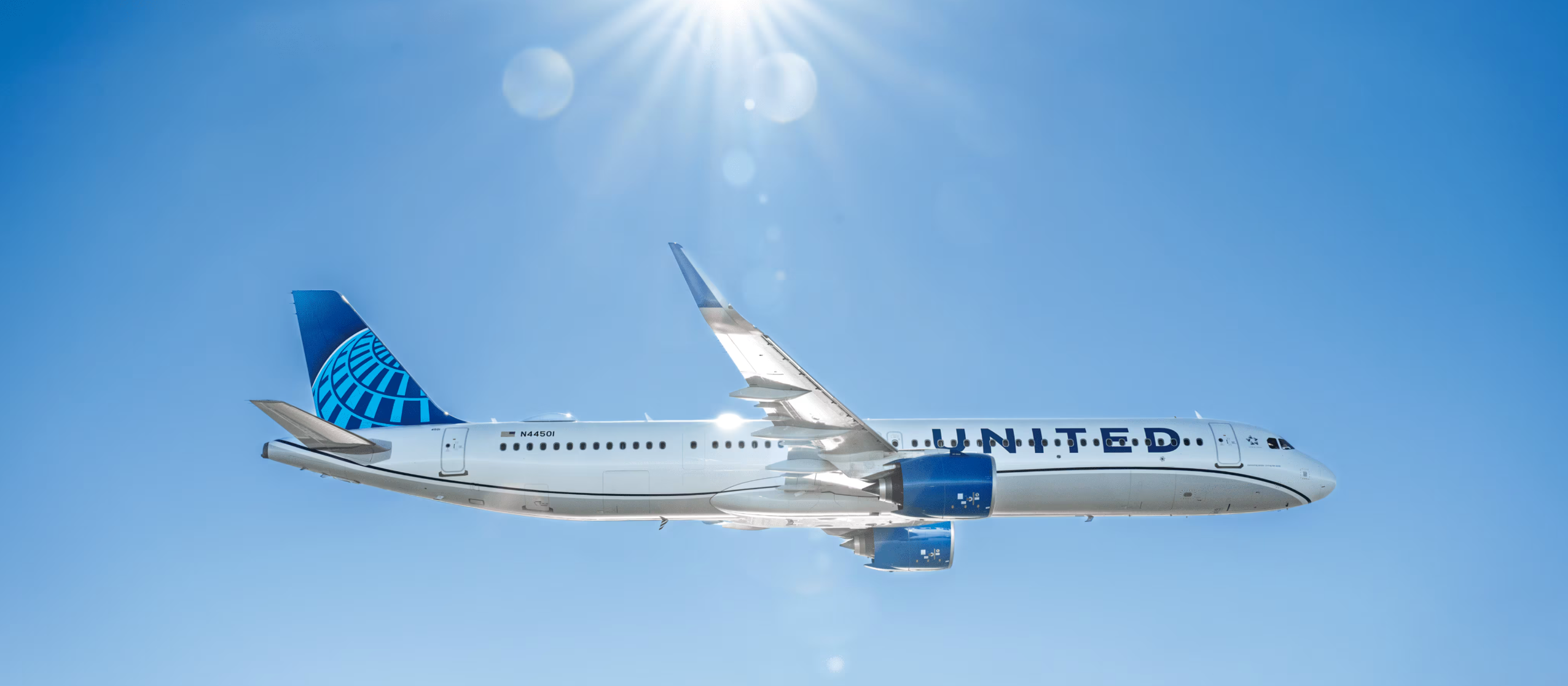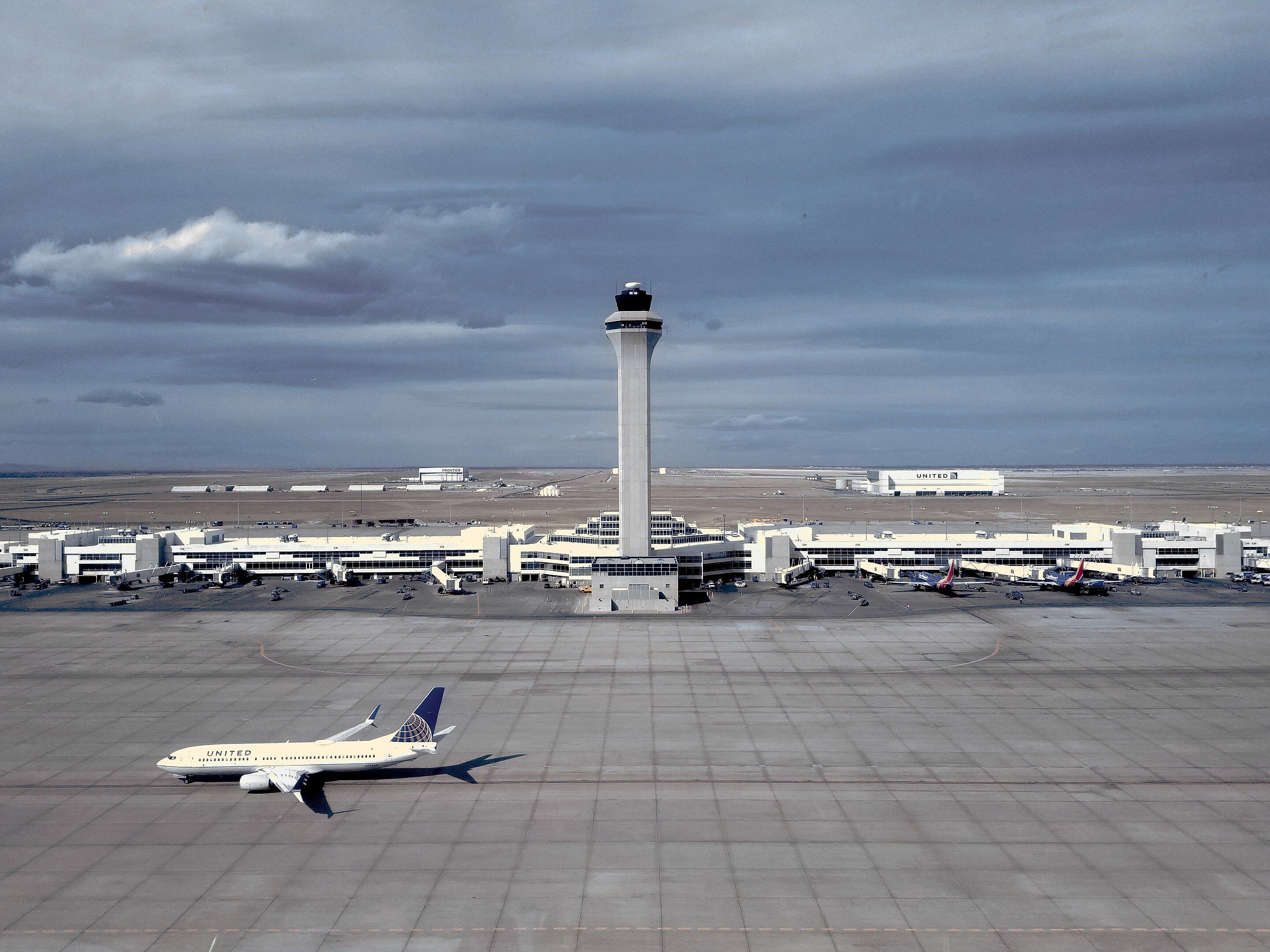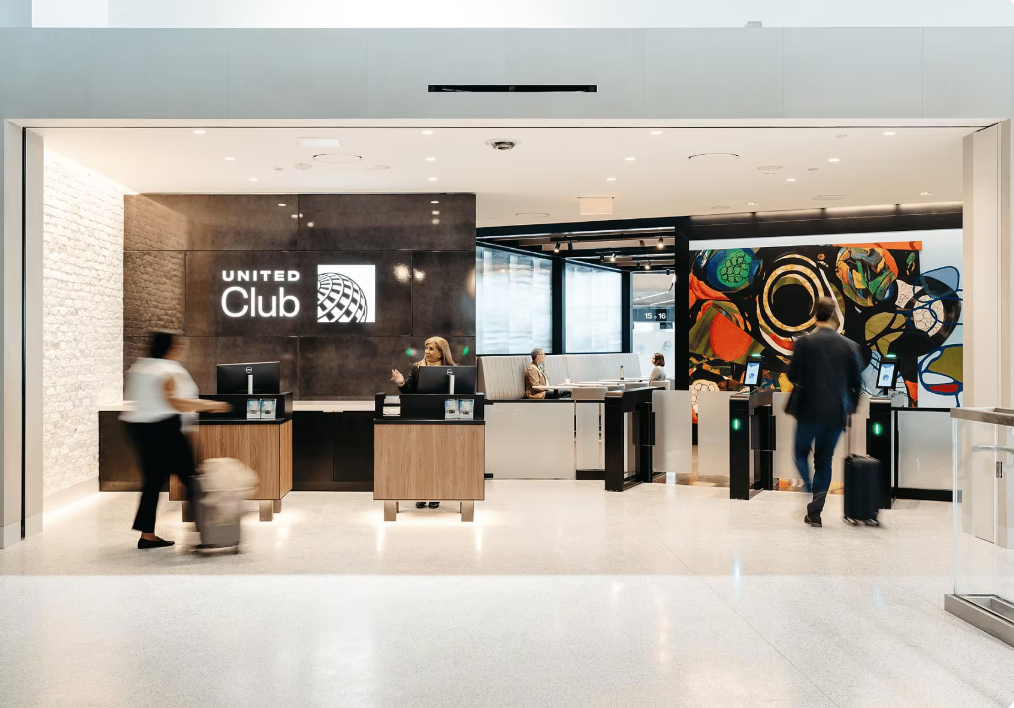![]() United Airlines
United Airlines
, headquartered in Chicago, is one of the most influential and successful airlines in the United States. It has a very extensive network of routes within and outside the country.
In 2015, the airline made a major decision to withdraw all operations from New York JFK Airport
(JFK), after having redeveloped Terminal 6 in the early 2000s, which was closed in 2023.
United Airlines returned to JFK to some extent in 2021, after a six-year absence. This was a strategic decision which aimed to increase the airline’s dominance of the New York market after many slots became available after the Coronavirus pandemic. The return, however, was very brief as the airline had suspended all flights by early 2023.
Photo: Robin Guess | Shutterstock
Currently, the airline offers 12 international destinations from JFK through code-sharing partnerships only, to cities like London, Beijing, and Vienna. Additionally, it provides 11 domestic flights to JFK from cities such as Chicago, Denver, Seattle, and Los Angeles, on the same basis.
So, why doesn’t United Airlines need JFK, even though it’s one of the biggest and most strategic airports in the world?
United at Newark Liberty International Airport
The airline decided to leave JFK in 2015 and to focus on Newark Liberty International Airport
(EWR), which is now one of the biggest hubs for the operator. United Airlines considers EWR to be its global gateway and operates upwards of 440 flights daily from the airport.
Key operational data:
- Total Daily Flights (United + United Express) – 440
- Domestic Flights – 351 to 84 airports
- International Flights – 89 to 60 destinations
- Annual Passengers -14.6 million
- United Employees in NYC Metro -14,000
- Market Share in NYC Region – 26% (down from 30%)
- Estimated Profit Margin at EWR – 15%
- Estimated Delta Profit Margin in NYC – 4%
Newark Liberty International Airport has allowed United Airlines to gain an unprecedented profit margin of 15%, which is the highest in all the New York region. United Airlines’ CEO Scott Kirby has highlighted that competitor airlines (like ![]() Delta Air Lines
Delta Air Lines
or ![]() American Airlines
American Airlines
) are estimated to have around 4% margins.
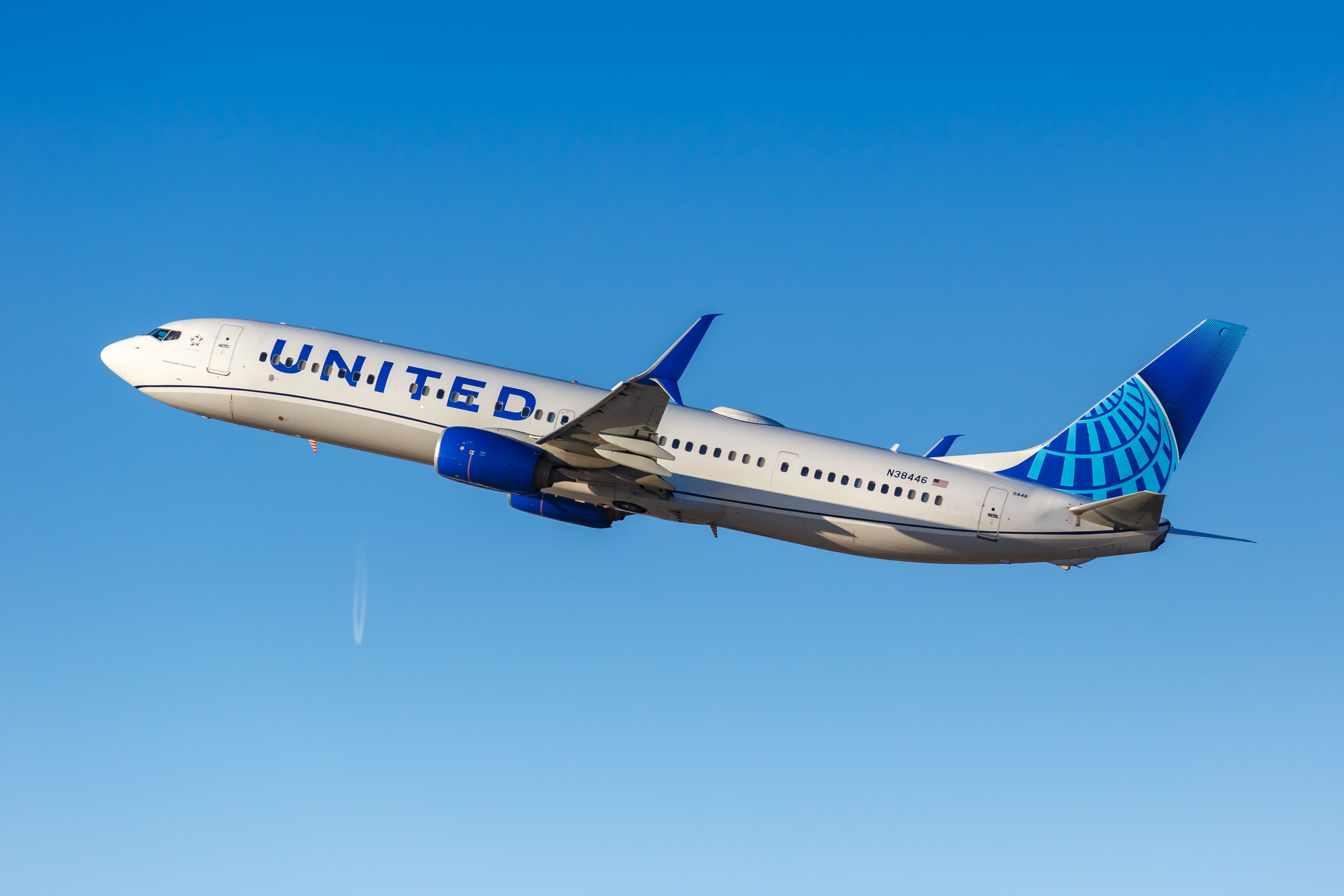
Related
United Dominance: These Are The Busiest Routes To Newark International In October
United controls almost three-quarters of Newark’s slots and flies almost two-thirds of its passengers.
The airline has heavily invested in the future of the hub. In the NYC metro area, United Airlines employs 14,000 people and continues to expand on the customer experience by upgrading check-in areas and retail spaces and investing in the
Polaris lounge
for international business class passengers.
The position is further strengthened by sponsoring local events like the NYC Marathon.
This shows that United Airlines is committed to its hub at Newark Liberty International Airport and approaches strategic development by focusing on the airport and community involvement.
Currently, United accounts for 70% of Newark’s traffic, while at JFK it accounts for less than 1%. The second and third-biggest operators in EWR are Spirit Airlines
and JetBlue
.
The airline operates on all six busiest routes from the airport:
|
Destination |
Passengers |
|---|---|
|
London Heathrow |
789,380 |
|
Tel Aviv, Israel |
575,941 |
|
Cancún, Mexico |
466,472 |
|
Frankfurt, Germany |
426,001 |
|
Toronto–Pearson, Canada |
405,047 |
|
Santiago de los Caballeros, Dominican Republic |
370,251 |
Challenges United Airlines faces at JFK
After United discontinued operations from JFK in 2015, it struggled to admit to its mistake, promoting the move as beneficial. The decision, however, was later heavily criticized by the current United Airlines CEO Jeff Kirby:
“The decision to leave JFK was wrong. We abandoned a segment of premium travelers that we should have fought harder to keep.”
The move was advertised as a step-up for the airline, promising a better and higher quality passenger experience. However, this cost them many premium customers. Furthermore, companies like Disney and Time Warner have shifted their exclusive contracts to American Airlines.
Initially, United Airlines argued that the consolidation of operations at EWR could offer better, more streamlined services. This included terminal and check-in area investments, improved schedule flexibility and better network connections. These were not possible at JFK due to the more congested and competitive environment with rigorous slot restrictions.
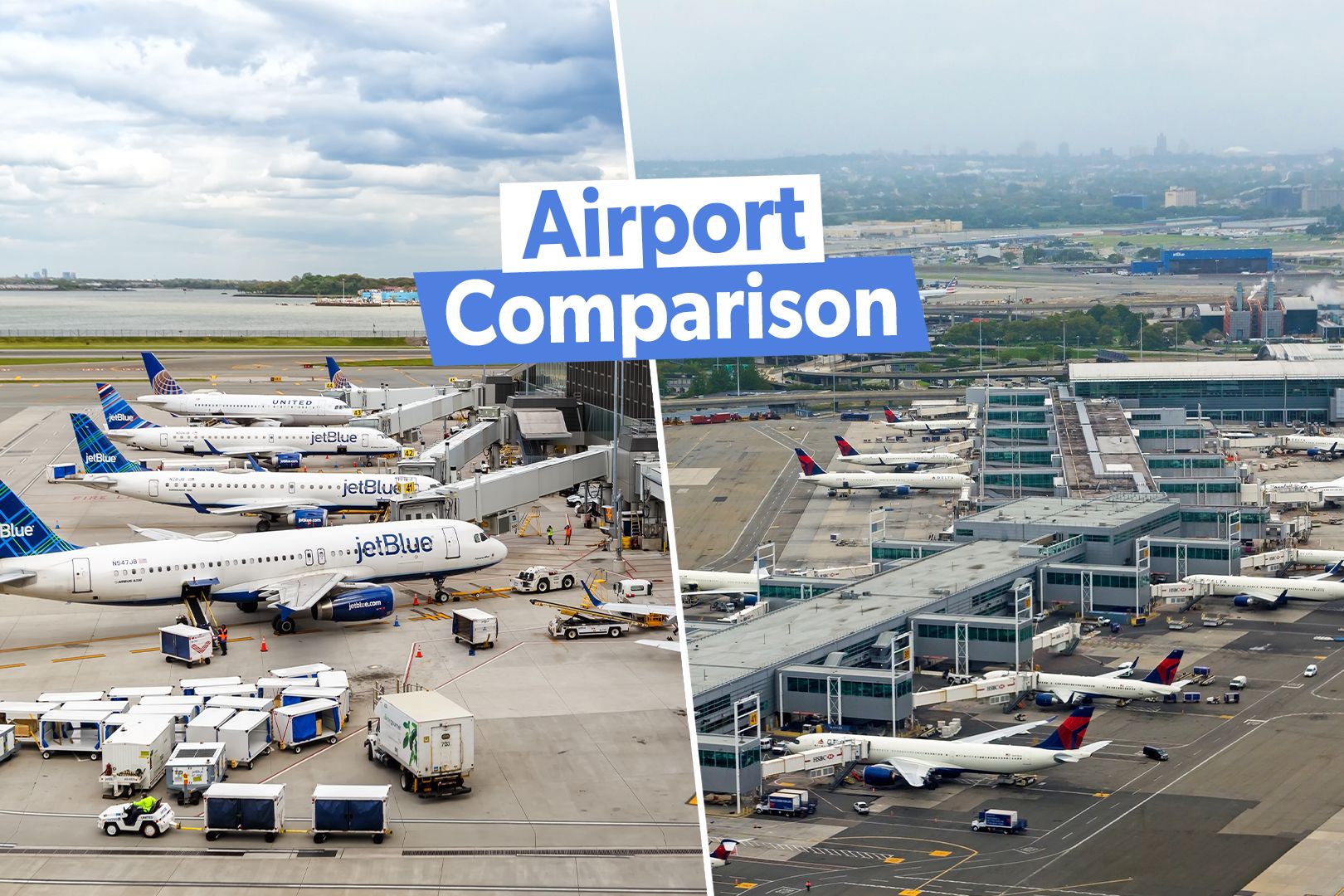
Related
What Are The Main Differences Between New York’s JFK & LaGuardia Airports?
JFK and LGA both play vital but very different roles in serving the largest city in the US.
These changes, however, came at a cost. The airline lost a significant portion of their high-end customer base, who were paying for first-class tickets irrespective of price, for the convenience of flying to or from JFK.
Ultimately, the airline has admitted that, at the time, this decision was not the most strategic and, in consequence, it lost a valuable market share. The decision not to return to JFK and to strengthen its Newark Liberty International Airport hub has since had very tangible implications.
Many travelers, however, still prefer JFK over Newark. Due to the above, the airline has lost its NYC market share from 30% right after the merger with Continental Airlines
to 26% today.
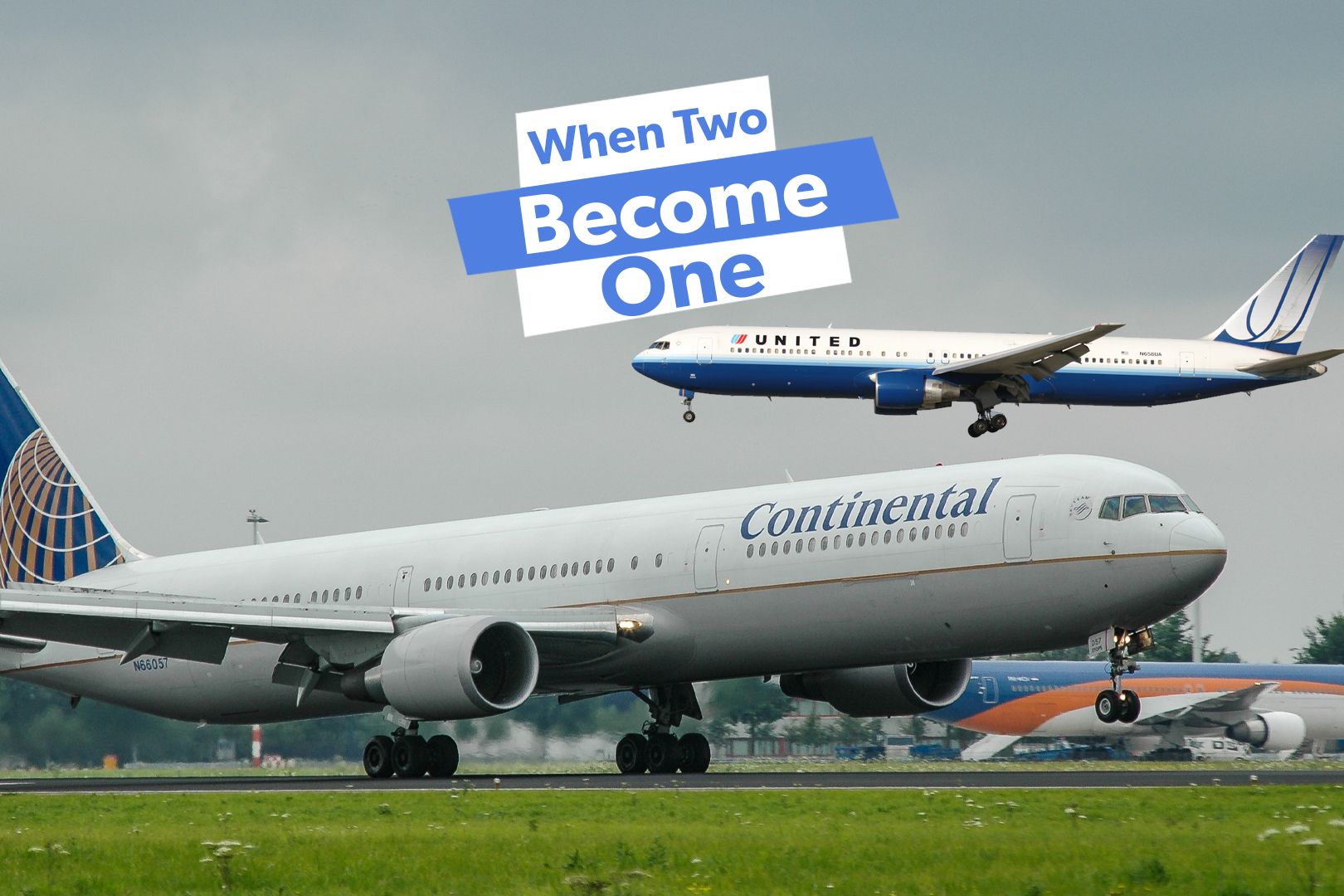
Related
History: Why Did Continental & United Airlines Agree To Merge?
The merger was a way to grow the airlines’ networks and save money.
Intense airline competition at New York-JFK
As JFK is largely dominated by Delta Air Lines, American Airlines and JetBlue in key routes and markets, United Airlines would be forced to fight for relevance and position, rather than lead the way and set standards, as it does at Newark Liberty International Airport.
That being said, the airport is highly competitive and saturated with operators from both national and international markets. This means that while United Airlines would be set to compete for the strategic position, it would also need to consider an increased selling proposition, as multiple major carriers have well-established premium offerings.
JFK also operates under strict slot allocation principles, which leaves limited room for expansion. For this reason, United Airlines was forced to cease operations at the end of 2022 when free post-COVID slots were taken away by the authorities.
Additionally, JFK is the primary departure point for high-end and corporate-level passengers. Here, United Airlines would need to compete against Delta Air Lines and American Airlines, who hold a very strong position in this market.
As Ed Bastian, CEO of Delta highlighted:
“Delta is investing more in airport infrastructure today than at any other time in our history.
We are committed to the New York market, and we believe JFK is the best place to connect with the world.”
Lastly, operating out of JFK comes with high expenses due to operational and terminal fees, which directly impact profit margins.
Strategic opportunities at EWR
After United Airlines completed its merger with Continental Airlines, Newark Liberty International Airport became its largest hub on the East Coast. Being the biggest operator at an airport allows the airline more flexibility regarding the schedule and pricing, which would not be possible anywhere else.
Photo: GingChen | Shutterstock
Here the airline can adopt a leading position, rather than being just another competitor. From EWR, passengers can enjoy upwards of 60 global destinations and 440 flights daily operated by United Airlines.
The key strategic goal for airline management is to position EWR as the preferred choice for New York-based travelers, as the offering can be much more tailored and premium, due to localized investments and upgraded facilities by the operator.
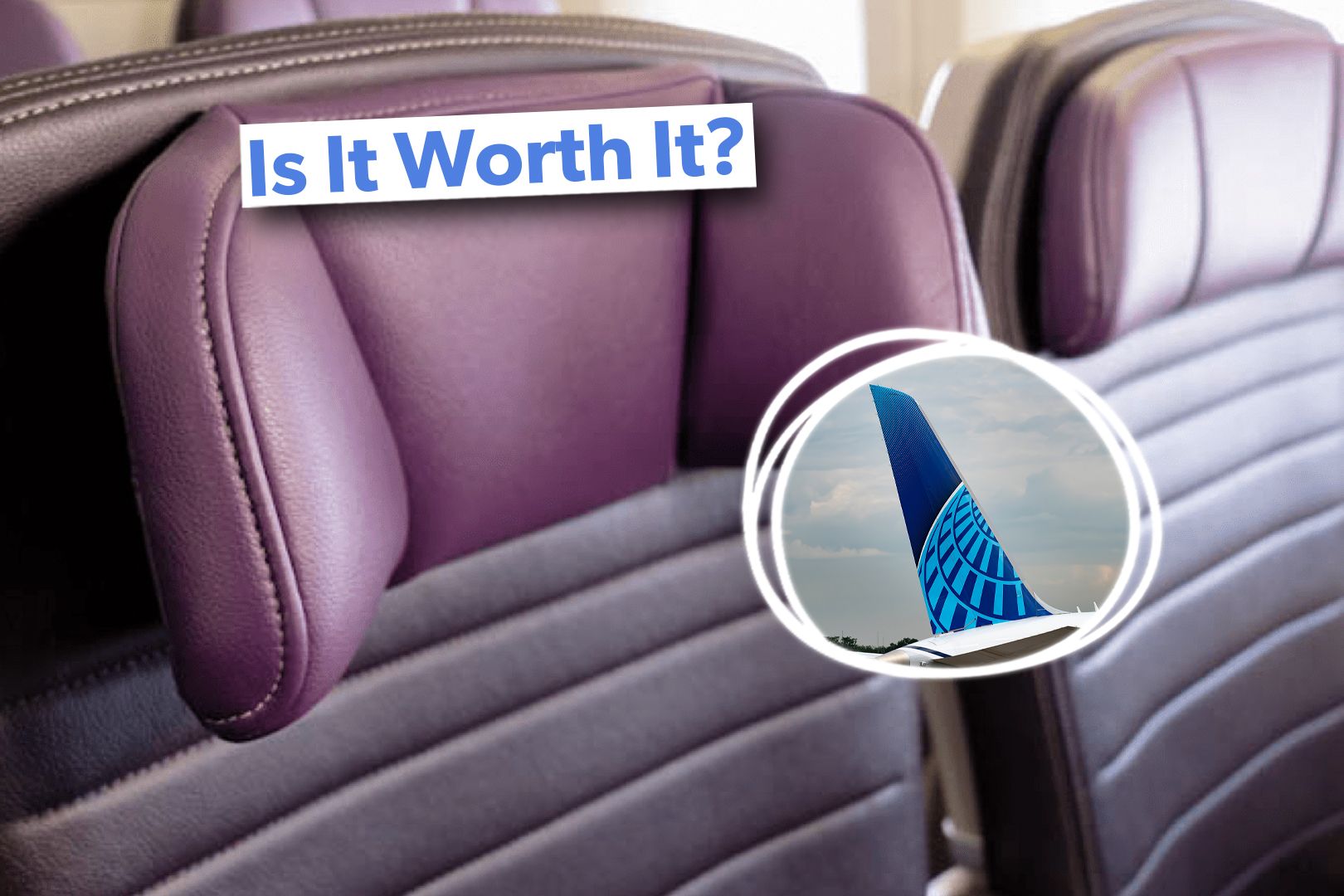
Related
Everything You Need To Know About United Premium Plus
United Premium Plus is a middle market offering slotted between business class and economy.
The Fleet operating from Newark-EWR
United Airlines has a very differentiated fleet of aircraft, as the carrier flies from Newark Liberty International Airport to a lot of national and international destinations.
For regional travel, passengers should expect Embraer E175
, Boeing 737
and Airbuses Airbus A319
& Airbus A320
. These can be expected on routes to Chicago, Los Angeles, Houston or Boston.
On long-haul flights, we can expect Boeing 777
, Boeing 787
and Boeing 757
. These fly on routes to Europe, Asia and South America. For those willing to pay a premium for business class tickets, United offers United Polaris seats in a 1-2-1 configuration.
Photo: United Airlines
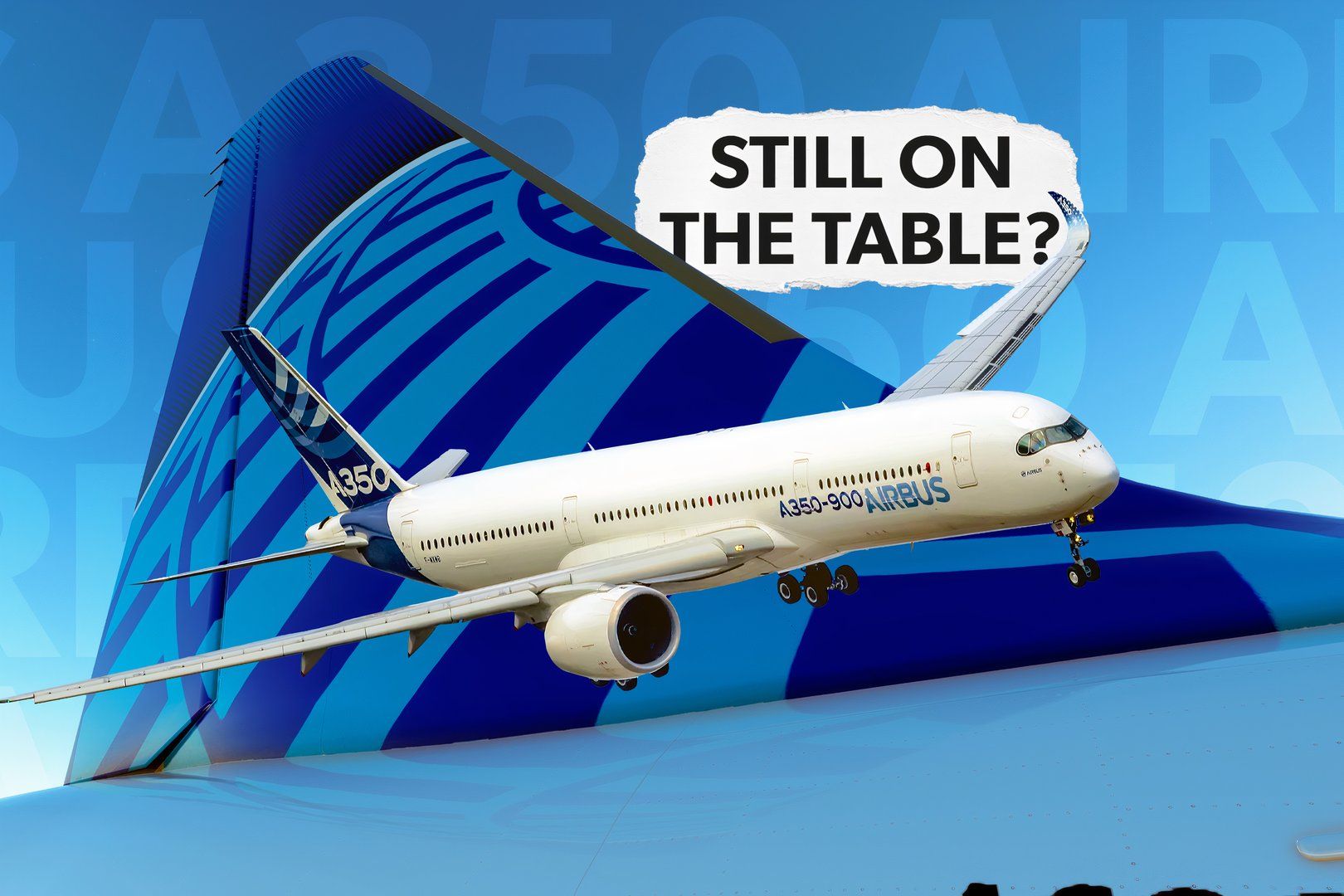
Related
What’s The Latest With United Airlines & The Airbus A350?
Will United actually take the Airbus A350?
Perimeter rules and their implications
United Airlines’ focus on Newark Liberty International Airport has an additional, not-so-obvious, implication. As the airline operates from both EWR and LGA, it aligns with perimeter rules imposed by New York La Guardia
.
The airport limits flights to those of 1,500 miles (or less) every day of the week. The only exceptions to this rule are flights taking off on Saturday, and those flying to Denver
. This is said to help with airport capacity management and reduce congestion.
On the other hand, the critics highlight how it can lead to airline network restrictions, limited economic growth and ultimately higher prices due to less competition.
|
Rules & implications |
Details |
|---|---|
|
Standard Perimeter Rule |
1,500 miles (Sun-Fri) |
|
Saturday Exception |
No perimeter limit |
|
Permanent Exception |
Denver flights allowed anytime |
|
New Saturday Routes |
Bozeman, Kalispell, Calgary |
|
Typical Challenge on Saturday-Only Flights |
Low demand |
|
Recent airline Cancelations |
Delta cut LAX & Phoenix routes |
The perimeter rules, however, allow for more slots and flexibility as Saturday appears to be less busy than other days of the week. Due to this, American Airlines has announced the launch of new flights from June 2025 to Bozeman, Kalispell and Calgary (Canada). With only one catch – all flights operate only on Saturdays.
Having Newark Liberty International Airport as a primary long-haul hub gives United an advantage over airlines that are based in LGA. United Airlines positions itself strategically with flights from both EWR and LGA, keeping them both competitive.
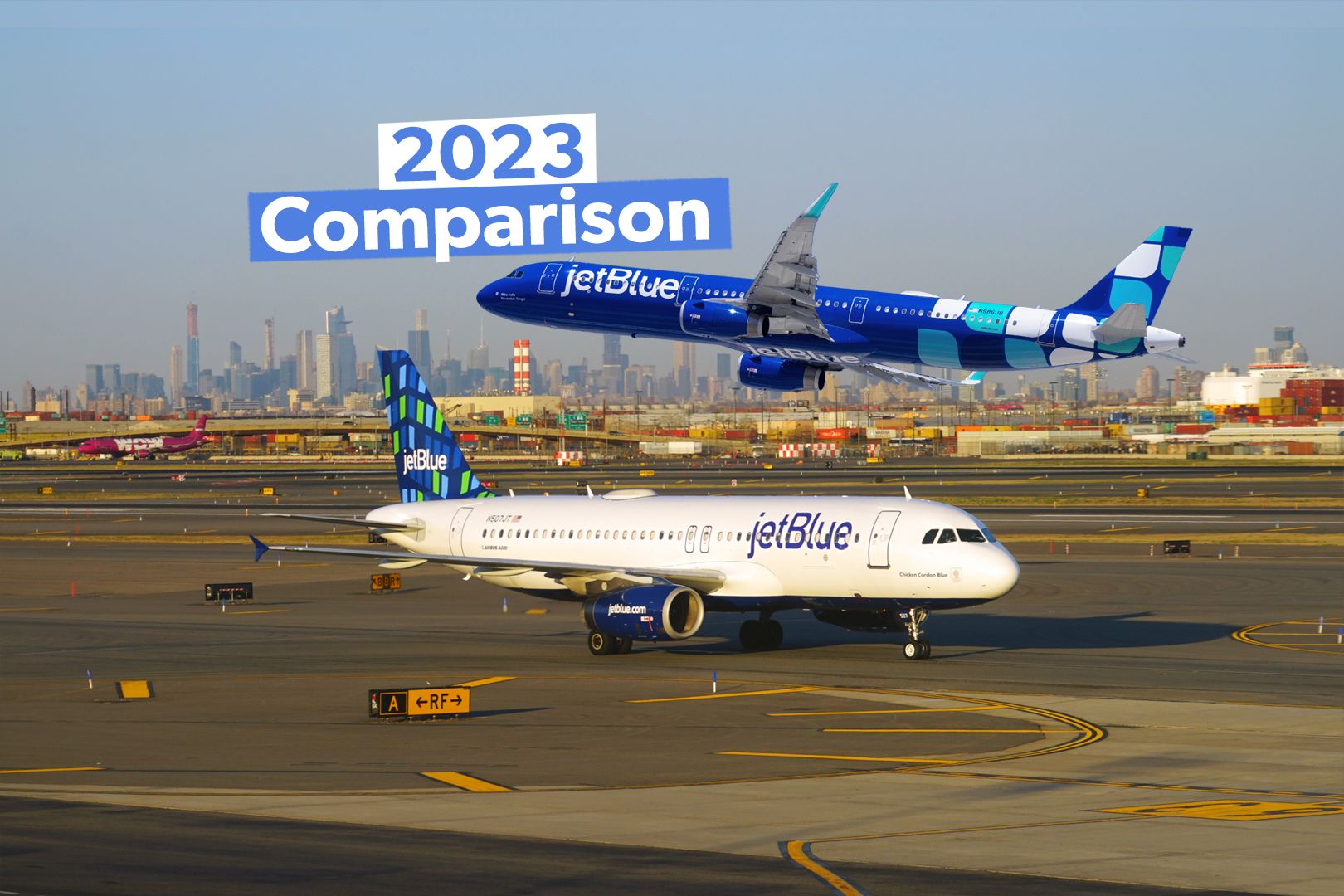
Related
JetBlue’s Drastic Newark & LaGuardia Cutbacks This Month
The airline has cut several routes and scaled back on flights this year.
Airline Market share at LGA
- Delta – 40.6%
- American Airlines 22.1%
- JetBlue 10.5%
- Southwest 9.7%
- United Airlines 6.9%
- Spirit 5.7%
- Other – 4.5%
JFK is simply not worth the investment
United Airlines has previously admitted that leaving JFK was a strategic mistake, which lost them many key accounts and a segment of the premium market. However, since then, the focus has shifted towards maximizing the potential of the Newark Liberty International Airport hub.
Photo: United Airlines
Being the leading airline at one of the major airports in the area allows for a large degree of flexibility in terms of market control. The minimal amount of direct competition solidifies the position of the carrier in New York space.
“One of the things we are going to focus on is making Newark the best airport, the best schedule, the best everything for New York.”
— Scott Kirby, United Airlines CEO

